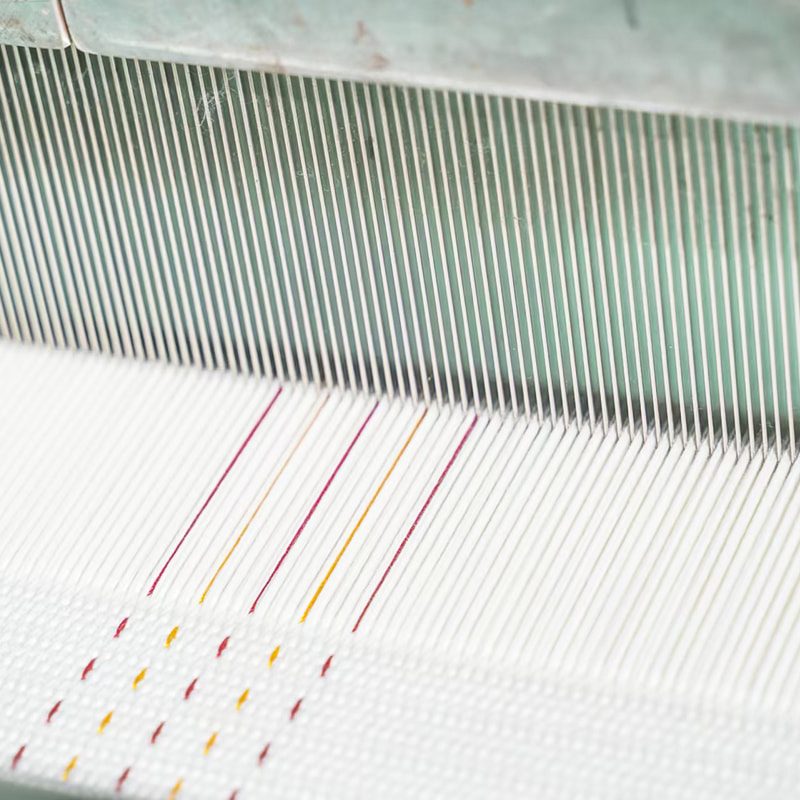As manufacturing continues to evolve in the age of automation and smart factories, the role of material handling systems is becoming more critical than ever. At the heart of many production lines is the humble yet highly effective conveyor flat belt—a key component enabling seamless movement of products across high-speed environments. As industries look toward higher output, lower downtime, and more intelligent operations, the design and function of machine conveyor belts and powered conveyors are also being reimagined for the future.

The Conveyor Flat Belt: Simplicity Meets Versatility
The conveyor flat belt has long been a staple in manufacturing facilities due to its straightforward design and broad range of applications. From assembly lines to inspection stations, it efficiently moves materials from one process to another with minimal interruption. But in high-speed environments where precision and speed must go hand in hand, the traditional flat belt has had to evolve.
Modern conveyor flat belts are now engineered using advanced materials like thermoplastic polyurethane (TPU), nitrile rubber, and reinforced polyester fabrics, making them more resistant to wear, slippage, and environmental damage. This advancement allows them to operate at higher speeds without compromising performance, a critical feature for today's fast-paced production lines.
Integrating Conveyor Flat Belts with Machine Intelligence
The integration of conveyor flat belts into intelligent automation systems is one of significant changes shaping the future of material handling. In high-speed production facilities, machine conveyor belts are no longer passive components. Instead, they are part of a smart, interconnected system that works in real time with sensors, data analytics, and programmable logic controllers (PLCs).
This means that machine conveyor belts can now adjust their speed dynamically based on upstream or downstream feedback, helping to prevent bottlenecks and ensuring a continuous flow of materials. In applications like food processing, pharmaceuticals, and precision electronics manufacturing, where timing and accuracy are critical, the ability of the conveyor belt to self-correct adds tremendous value.
Powered Conveyors: The Engine Behind Efficiency
While flat belts are the surface on which products move, powered conveyors supply the mechanical force that drives efficiency. Modern powered conveyors have become significantly more energy-efficient thanks to advancements in motor technology, including brushless DC motors and variable frequency drives (VFDs). These features allow conveyors to operate only when needed, reducing energy consumption without affecting throughput.
Additionally, modular powered conveyors allow for scalability and adaptability in layout design. Manufacturers can easily reconfigure conveyor paths to accommodate changes in product flow or facility layout without investing in entirely new systems. This flexibility is especially valuable in industries with high product variety or frequent production line changes.
Meeting the Demands of High-Speed Manufacturing
One of the defining characteristics of high-speed manufacturing environments is the relentless push for shorter cycle times and higher units per hour. Here, the conveyor flat belt plays a crucial role in maintaining the speed and coordination necessary to achieve these goals.
To support such high-speed operations, manufacturers are now employing belts with anti-static properties, enhanced traction surfaces, and precision tracking features. These improvements reduce product slippage, minimize jams, and ensure that the machine conveyor belt remains centered and smooth under continuous operation. Furthermore, modern belt tensioning and alignment systems reduce the need for manual intervention, which is critical when every second of downtime affects output.
Hygiene and Safety in the Future Factory
In industries like food processing and pharmaceuticals, hygiene is as important as speed. This has led to the development of conveyor flat belts made from FDA-approved materials that can withstand frequent washdowns and harsh cleaning chemicals. Seamless belt designs help eliminate contamination risks, while tool-less belt removal mechanisms speed up cleaning and maintenance.
Powered conveyors are also being designed with safety in mind. Emergency stop systems, guarded motors, and low-noise operation features contribute to a safer working environment. In factories where humans and machines work side by side, these safety features will be increasingly important.

 English
English  Español
Español  Português
Português  عربى
عربى 




